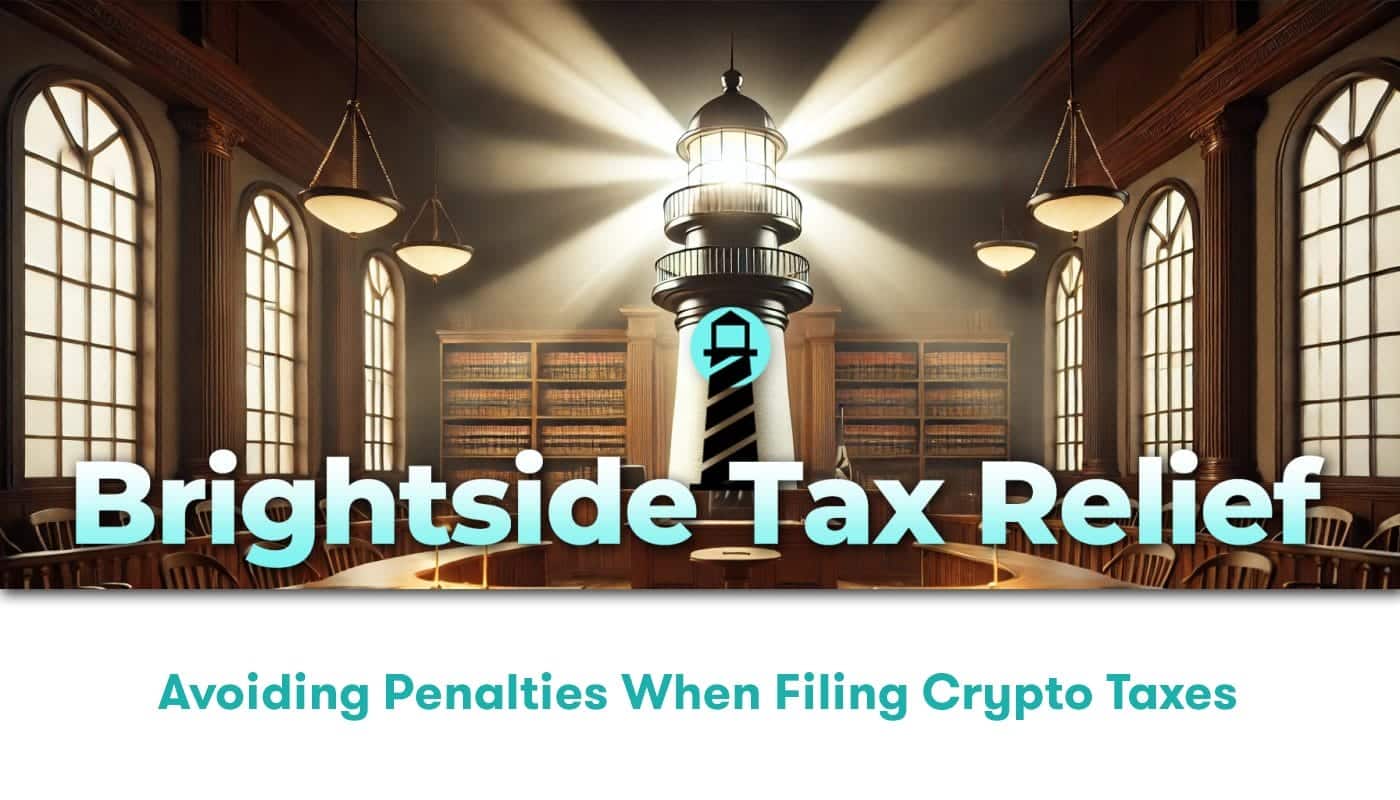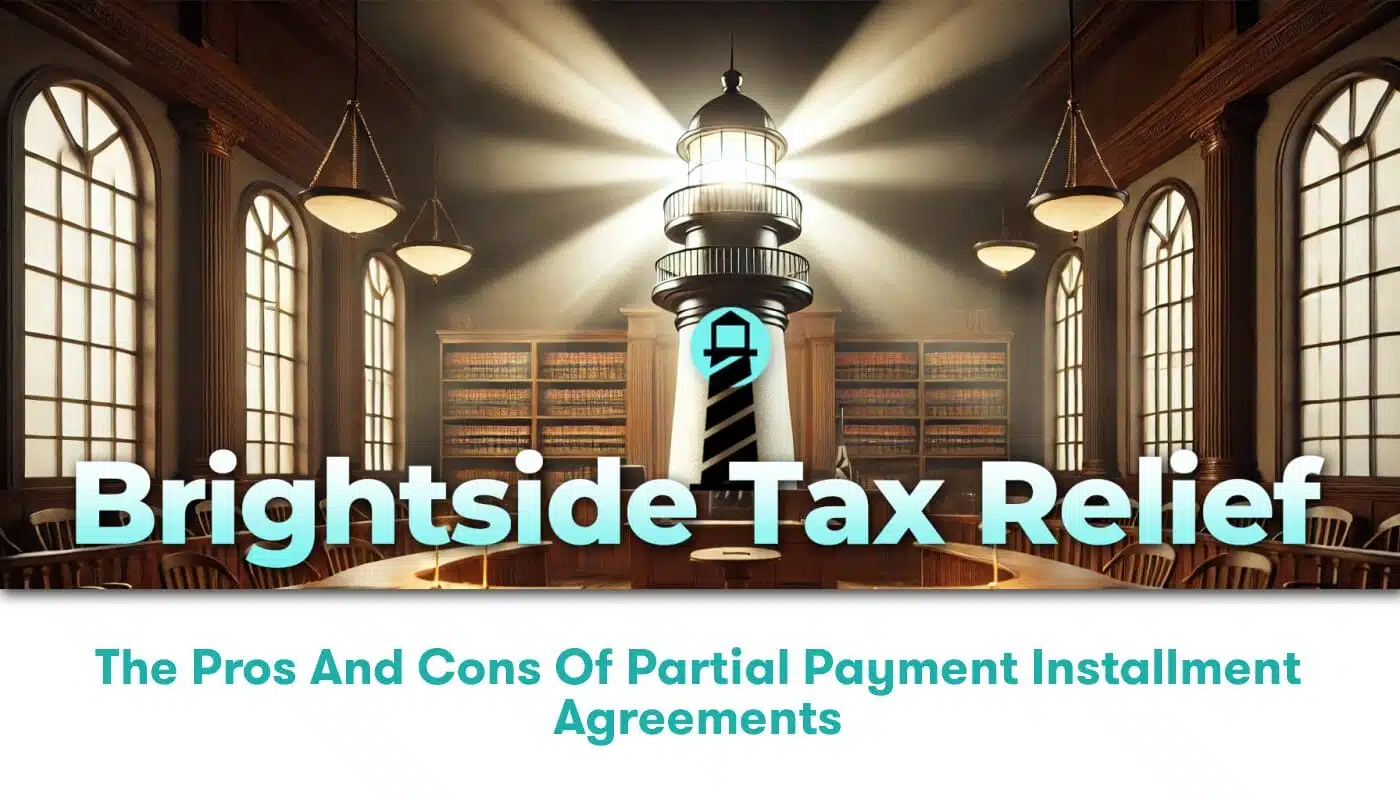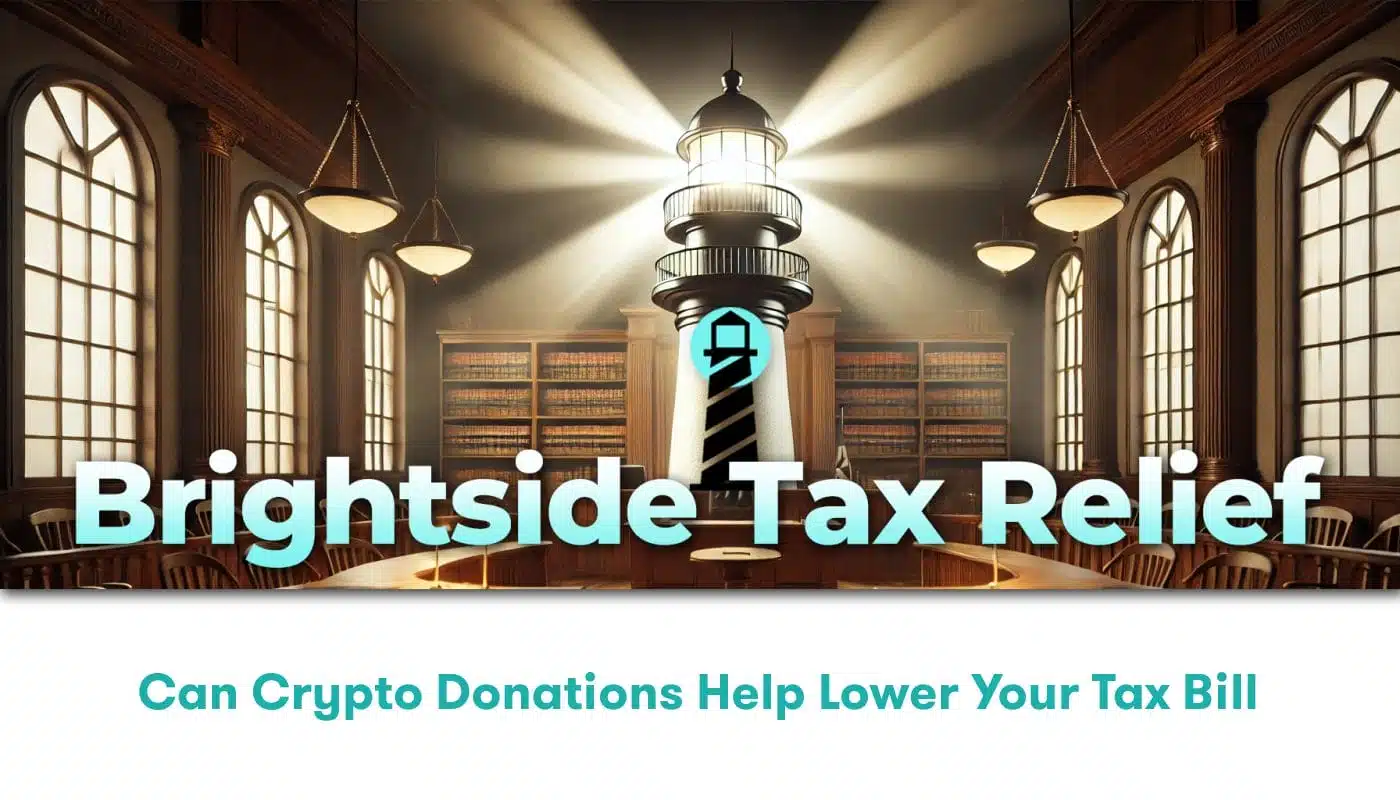Understanding Debt Relief Tax and Its Implications
If you have ever found yourself struggling under the weight of debt, you are probably familiar with the alluring phrase “debt relief”. It’s an offer that promises to reduce or absolve you of your outstanding debt, or at least help you manage it more efficiently. But amidst the financial relief this offer brings, there is an aspect of debt relief that many people tend to overlook – its tax implications, commonly known as debt relief tax. Unraveling the intricate relationship between debt relief and tax can be quite complex. However, at Brightside Tax Relief, we endeavor to simplify and shed more light on the subject to help you understand and navigate its nuances seamlessly.
What Is Debt Relief?
Before diving into the tax aspect, it’s necessary to understand what debt relief entails. In its simplest form, debt relief is the partial or total forgiveness of debt, or the slowing or stopping of debt growth. This might look like credit counseling, debt consolidation, debt settlement, or bankruptcy.
Determining If Debt Relief Is Taxable
So, is this forgiven debt taxable? The short answer is yes; in most cases, it is. According to the Internal Revenue Service (IRS), if a lender forgives a debt, you generally have to report the forgiven amount as income on your federal income tax return. The reason for this is straightforward – the IRS views this forgiven debt as money that you received and used but no longer have to pay back, which essentially makes it income.
However, this rule doesn’t apply universally. There are several exceptions where forgiven debt is not subject to taxation. Some of the exclusions are:
– Debt forgiven as a gift, bequest, devise, or inheritance
– Certain student loan debts, provided that the forgiveness is contingent upon the student working for a specific period in certain professions
– Debt forgiven in a Title 11 bankruptcy case
– Debt forgiven during insolvency
– Certain farm debts
– Non-recourse loans
The Importance of IRS Form 1099-C
How do you know if your debt relief amounts to taxable income? This is where IRS Form 1099-C comes into play. If a lender forgives or writes off a debt you owe of $600 or more, they are generally required to send you and the IRS a Form 1099-C at the end of that tax year. This form, titled “Cancellation of Debt,” contains details about the forgiven debt that you need to report on your tax return.
It is important to keep track of these forms and consult with a tax professional to understand your obligations better as errors or omissions can lead to complications and potential penalties.
How Debt Relief Can Impact Your Tax Returns
The prospect of debt relief can be alluring but recognizing its potential tax implications is essential. Debt forgiveness might lift a burden off your shoulders, but it can also lead to a higher tax bill. When you report forgiven debt as income, it may push you into a higher tax bracket, which might result in you owing more tax than you might have anticipated.
Seeking Professional Guidance
Navigating through the intricacies of debt relief tax can be intricate and overwhelming. This is where professional guidance from a reputable tax relief company like Brightside Tax Relief comes in. Our team of experienced tax professionals can detail the intersections of debt relief and tax liability, guiding you towards making informed decisions.
Final Thoughts
Is debt relief taxable? As we have seen, it can be. It’s essential to thoroughly understand the tax implications that could potentially emerge from seeking debt relief. Appreciating these issues before applying for debt relief can prepare you for any eventualities, ensuring that you’re not caught off guard by an unexpected tax bill.
For more comprehensive details relating to “Debt Relief Tax,” you can visit the IRS website here. At Brightside Tax Relief, we are always ready to help you manage your tax issues, highlighting our commitment towards steering you back to financial health, one tax issue at a time.






